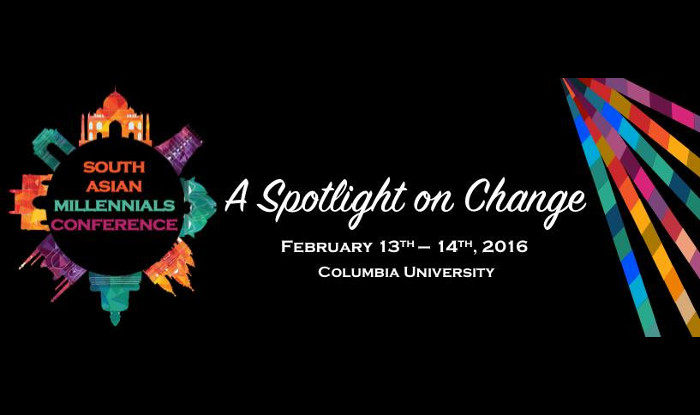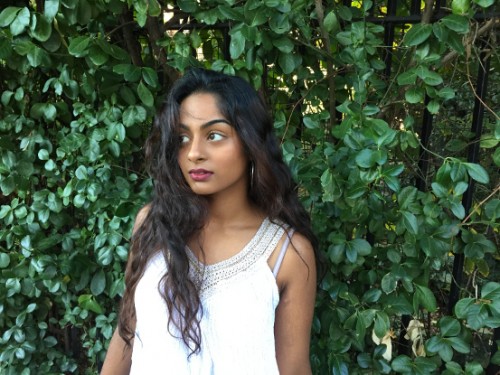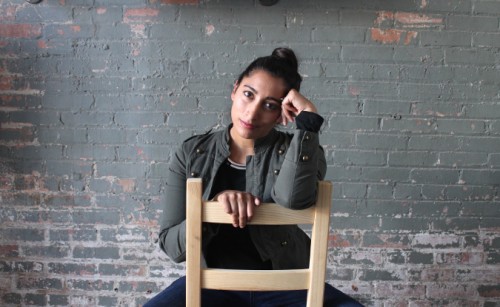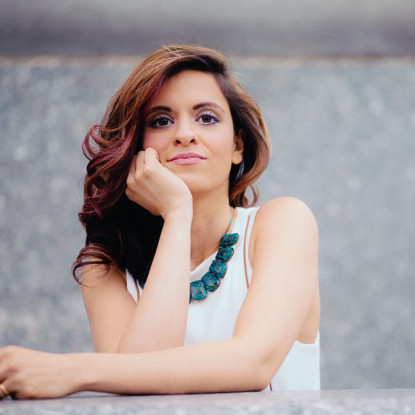
This post was originally published on our partner website India.com:
‘South Asian Millennials Conference: A Spotlight on Change’—the first-ever, one-of-a-kind conference aiming to inspire South Asian millennials—is taking place at Columbia University, New York on February 13 and 14.
The two-day event will witness a series of panels ranging from topics like ‘Does Bollywood Perpetuate Rape Culture’ to ‘Transgender Movements in South Asia.’ The seven Ivy League universities will participate in this intercollegiate conference with students coming in to think and critically discuss social issues and form a fellowship within the South Asian community in these colleges.
The conference will host keynote addresses, panels, speakers, and workshops, all of which endeavor to create a platform for those in the community who are already causing a shift in the perception and breaking prejudices. The goal is to challenge assumptions and drive social change. More than anything, this kind of a large-scale event dedicated to the progress of South Asians in the Diaspora and beyond, especially focused on the youth, is a sign of victory for a plethora of reasons, but mainly, we are finally breaking out of the shell of preconceived notions that the world has imposed upon us.
Co-founded by Kaavya Mahajan and Rohini Sengupta, this year’s theme, “‘a spotlight on change’ is not only an effort to uncover the social justice issues that resonate with the South Asian Diaspora but also to inspire a collective call to action,” they said.
“As millennials, we are uniquely positioned to use our energy, spirit, and idealism to promote innovation and transformation in the spaces we enter,” Mahajan said. “Through our keynote addresses, panels, and workshops, we hope the South Asian Millennials Conference will push you to challenge assumptions and drive social change in the communities you are a part of.”
The conference will kick-off with an opening ceremony with keynote speakers Amna Nawaz, anchor/reporter at ABC News Digital, Sonia Katyal, professor of law at UC Berkeley and Ramya Ramana, former NYC Youth Poet Laureate. Twenty-year-old poet Ramana said she is happy to participate because she believes it is important for the community as a whole to come together to participate in dialog and build for ourselves. Ramana, the recipient of several awards at such a young age, wants to motivate fellow South Asians to pursue poetry.
“We often do not see ourselves reflected in any arts communities so we tend to refrain from even pursuing it. I hope that my life can be a testimony to other South Asian women to go for what their heart desires even if it means they must rebel against the ‘status-quo’,” she said.

Among the many interesting panels, Lakhpreet Kaur, founder and editor-in-chief of ‘Kaur Life,’ will be seen a speaker for the ‘Challenging the Engineer-Doctor-Lawyer Stereotype’–a panel that breaks apart the notion that South Asians can only work in one of these fields.
The speakers aren’t only shattering this stereotype but are also leaders in their own arenas. Kaur, who started an online magazine ‘Kaur Life’ dedicated to Sikhs and Sikh women across the globe.
“The vision behind it was to build a virtual community so they can share experiences with one another and become empowered with self-confidence and the spirit of Sikhi to embrace challenges and pursue their dreams,” she said.
The reason she was drawn to this conference and panel was to learn from the other like-minded pioneers in the community.

Similarly, for Nadia Manzoor, founder of Paprika Productions, speaking at the ‘My Art is My Activism’ panel was primarily to encourage South Asians to step outside their comfort zone. Manzoor is a comedy writer and actor who wants to use her voice to tell the South Asian narrative in Western mainstream storytelling like she does through her works like “Burq Off” and “Shugs and Fats.” She hopes this conference becomes a recognized forum where,
“South Asian millennials could continue to network and meet people that they are inspired by, and essentially connect with mentors to help them navigate this terrain better.”

When the organizers and speakers of an event are passionate and motivated to bring about definite change in the critical minds of the youth, you can undoubtedly expect that a two-day conference will likely not be enough, but it is a positive beginning that will branch out to something even bigger and better so that South Asian millennials get the opportunity to grow and inspire change themselves.
Brown Girl Magazine is a proud sponsor of the two-day event. We encourage you to join us. To register, visit their website here.
 Saloni Gajjar is a recent alum of NYU’s Magazine Writing Program. Her passion lies in pop culture writing, as is evident in her work with magazines like Marie Claire, Interview, and Complex. Her goal is to show the arts as a medium and mirror of the society, much beyond just entertainment.
Saloni Gajjar is a recent alum of NYU’s Magazine Writing Program. Her passion lies in pop culture writing, as is evident in her work with magazines like Marie Claire, Interview, and Complex. Her goal is to show the arts as a medium and mirror of the society, much beyond just entertainment.




